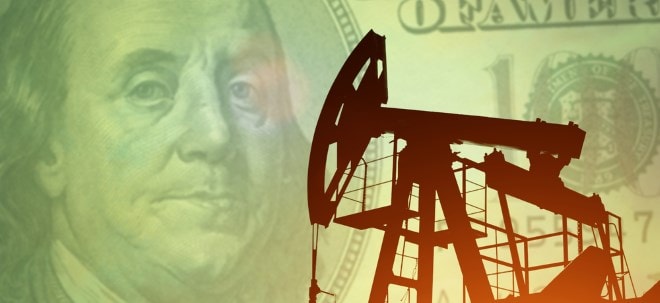Ernst & Young's multiple roles in Nortel mean that its decisions and actions can affect one class of creditor at the expense of another
Late Wednesday, for example, the Ontario Superior Court approved a $117-million class-action settlement involving Sino-Forest Corp. and Ernst & Young. It’s understood that the amount paid by E&Y, which was Sino’s auditor, is one of the largest in recent Canadian history.
But just as the Lord taketh, the Lord also gives. Locally E&Y has a very rewarding role acting as the court-approved monitor for the Nortel Networks bankruptcy. That job just keeps on giving. Indeed E&Y is one of the beneficiaries of the $250-million plus paid in professional fees to those local providers involved with that bankruptcy. (In all, the gravy train for the professionals runs to more than $800-million – or more than 10% of what’s available for disbursement. All the fees are court-approved.)
Given that the matter hasn’t yet gone to trial – plans call for a joint U.S./Canadian sitting — the annuity will continue.
E&Y has multiple roles in the Nortel matter. And those multiple roles mean that its decisions and actions can affect one class of creditor at the expense of another, given that there are more creditor demands than available cash to pay them all. For instance:
•it is the administrator for Nortel in the U.K.
•it is the Indirect Tax Service Advisor in the U.S. The Unsecured Creditor Committee and the Ad Hoc Bondholder Group control the U.S. estate.
Consider one decision: a $2.1-billion inter-country charge being levied against the Canadian estate in favour of the U.S. estate. That decision was made in response to a claim by the IRS, which claimed that amount to cover tax expenses. Apparently the amount was based on the five-year period ending Dec. 2005.
.
But that decision, on which E&Y U.S. was paid a fee for advice, has been sealed under something known as an IRS-CRA Advanced Pricing Agreement. It’s not known to what extent E&Y Canada (in its role as monitor) opposed the decision to seal the material.
And the implications from that negotiated settlement? The U.S. bondholders are better off (than they would be otherwise) while the company’s former Canadian employees are worse off.
“I would like to see the unsealed documents,” said Diane Urquhart, an independent financial analyst. “The amount of money that is said not to belong in Canada for transfer pricing agreements is not supportable,” said Urquhart, noting that, the amount taken for transfer pricing is more than $400-million a year.
It seems that E&Y is not a fan of disclosure as it relates to its Nortel work. For instance:
•the amount it will receive in Canada is not known – and may not be in the future;
•it is one year behind in reporting the fees it has received in the U.K. But up to one year back it had received US$82-million;
•in the U.S., it has disclosed that it has received US$17-million;
•as monitor, E&Y denied the publication of the financial and legal material relating to the March 2010 agreement between Nortel and its former employees including its long-term disabled.
What does E&Y say? In response to a question as to how well E&Y has played its multiple roles, both here and elsewhere, in the Nortel bankruptcy, E&Y said,“We’re not able to comment publicly about client work.” |


 Thread abonnieren
Thread abonnieren

